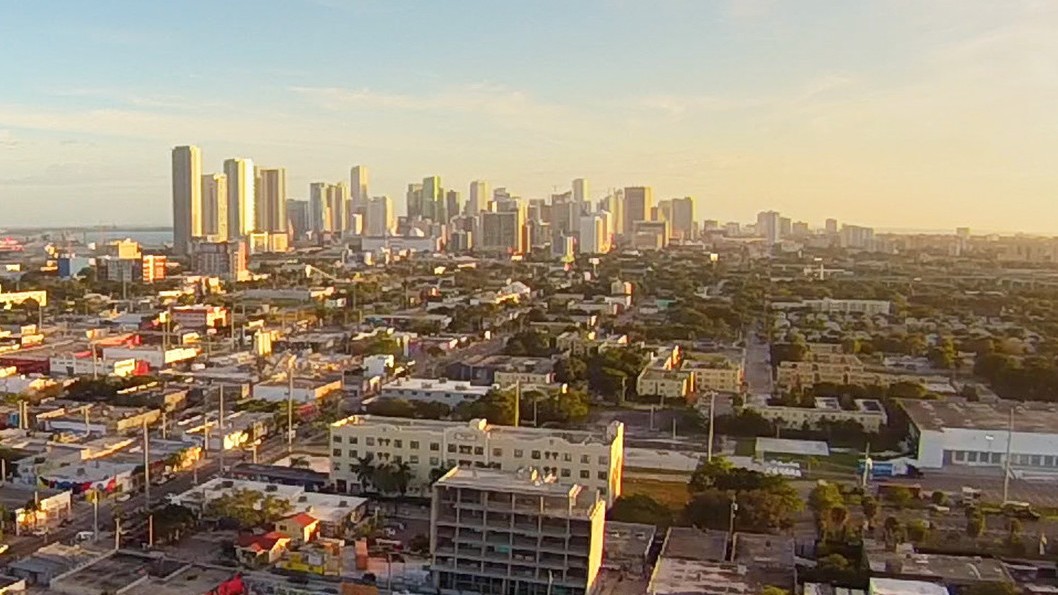This is an opinion piece by Brittany Wienke of the Rainforest Alliance.If you live in a city, the closest thing you come to seeing a forest is probably the scraggly street tree that houses that pair of sneakers and a few stray plastic bags. Maybe you spend your days at an office desk, or running around suburbs or cities. You could be forgiven for thinking tropical forests have little do with your daily life.
Advertisement
But you rely on forests more than you know. In fact, it’s not much of an exaggeration to say your life depends on them.Everyone knows that forests produce air. But did you know the Amazon rainforest alone produces about 20 percent of all oxygen in the atmosphere? What about forests’ role in the water cycle? About one-third of the world’s largest cities get a significant proportion of their drinking water from forest watersheds, including cities like Bogotá, Tokyo, and New York City.Besides providing the air we breathe and the water we drink, forests are also the source of so many foods and products we use every day. Avocados? From rainforest areas. Coffee? Grown on mountainous rainforest slopes. Chocolate? Made from cocoa grown in low-lying forests.Your consumer choices directly affect these (potentially) far-away, life-giving forests. Maybe you’ll never step foot in one of the dreamy, mist-enshrouded forests in southeast Asia or Central America, but you are inextricably connected to the forests and the people who live there.
Check out more videos from VICE:
Not convinced? Read on.Perhaps one of the greatest gifts forests give us is their capacity for absorbing the monstrous amount of greenhouse gas emissions we humans generate: almost as much carbon is stored in forests as is in the atmosphere. Forests absorb carbon dioxide from the air, store it, and generate the oxygen we all breathe.Forests are vital to the hydrologic cycle (rain and water systems), and they maintain some of the world's most fragile soils. Additionally, forests act like the earth’s air conditioner, stabilizing global temperatures, and helping to regulate global weather patterns.
Check out more videos from VICE:

Not convinced? Read on.
Climate Control
Advertisement
In fact, forests are our best defense against climate change. By some estimates, we have lost about 80 percent of our forests. This staggering loss, when combined with the way that the cleared land is used after the forest is cleared, contributes to between 9 – 11 percent of total greenhouse gas emissions each year—almost as much as all the world's trains, planes, and automobiles combined. But by stopping the destruction of mature (old-growth) forests, we prevent a huge amount of carbon from going into the atmosphere, and by promoting Earth-friendly planting and management of young forests, we absorb large amounts of atmospheric carbon.The world’s most popular fruit -- the banana -- comes from the rainforest. Once notorious for worker and environmental abuses, the banana industry has changed its ways, thanks in large part to the Rainforest Alliance’s pioneering work in Central America. Other staples that come from rainforests include citrus, cassava, cashews, Brazil nuts, and ubiquitous spices like vanilla and cinnamon. Then there are a few foods that many of us consider necessary—coffee, tea, and cocoa—and yes, they come from tropical forests, too.If we are not careful, however, our appetites for these products could destroy the source from which they come. Agriculture is responsible for more than 70 percent of deforestation in the tropics, but there are ways to farm that don’t destroy forests, and the Rainforest Alliance shares these Earth-friendly and climate-smart methods with farmers and foresters around the globe.
Food
Advertisement